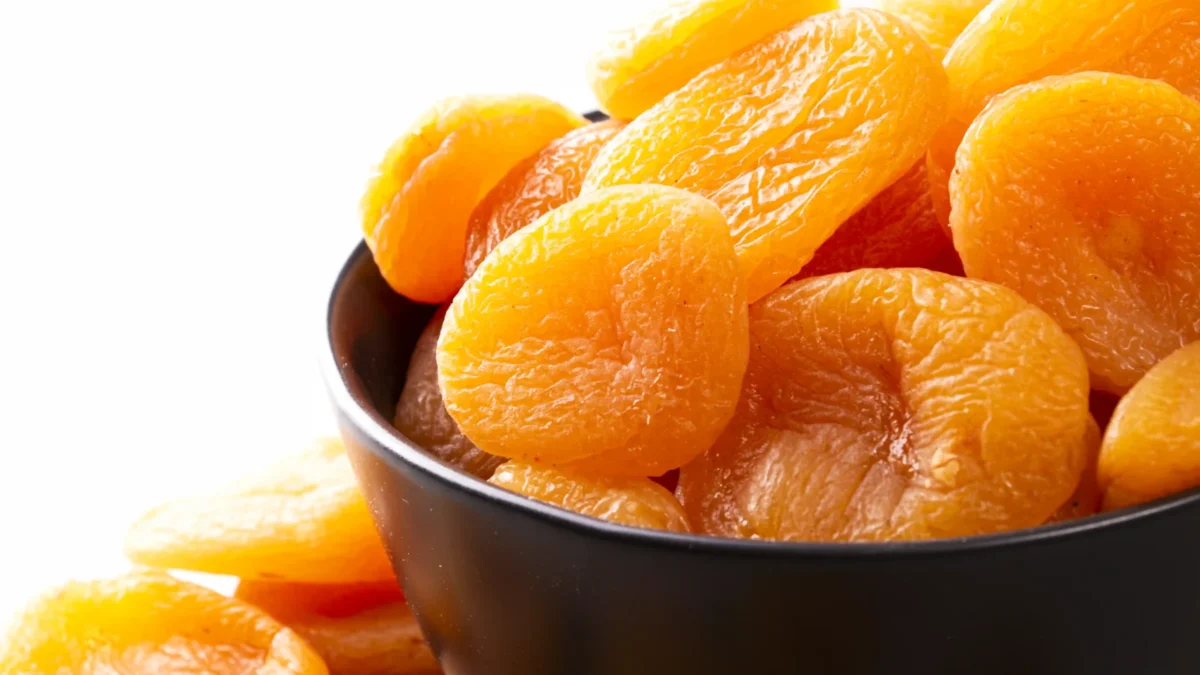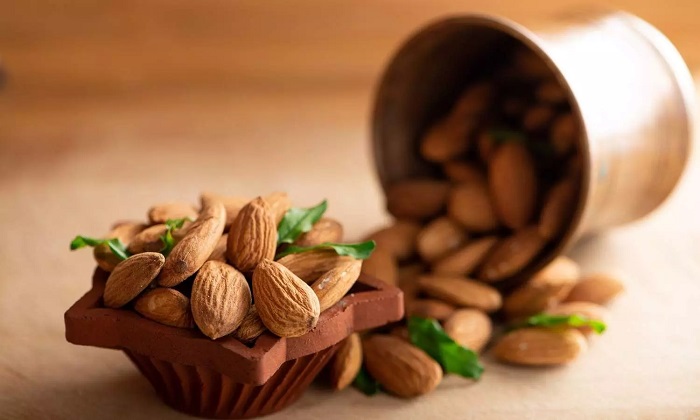
Creating Middle Eastern Salads with Iranian Spices
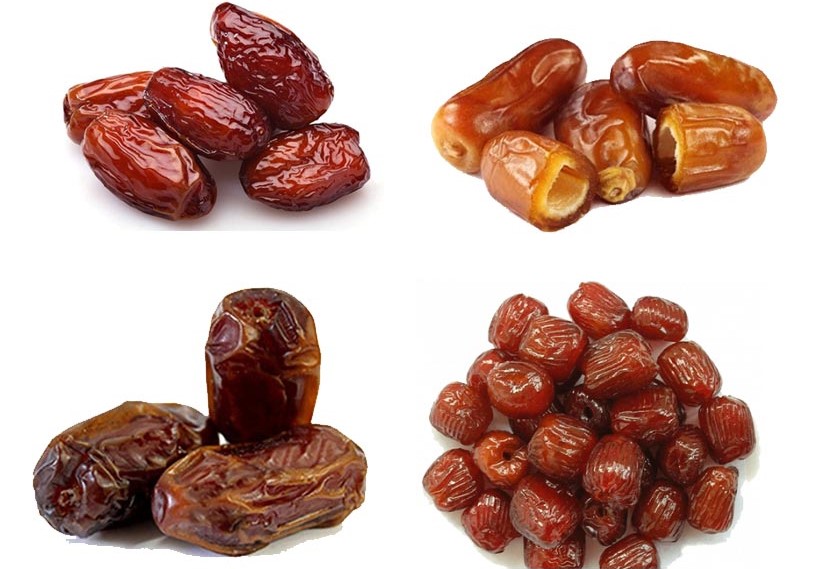
Understanding the Different Types of Dates from Iran
A Brief History of Iran’s Dried Fruit Trade
Iran has long been recognized as one of the world’s leading producers and exporters of dried fruits, thanks to its favorable climate, centuries-old traditions of cultivation, and the country’s strategic location along ancient trade routes like the Silk Road. Iran’s diverse geography, which includes fertile plains, arid regions, and high plateaus, provides ideal conditions for growing a variety of fruits that are perfectly suited to the drying process. Over the centuries, Iran has cultivated a reputation for producing high-quality dried fruits such as dates, raisins, figs, apricots, and mulberries, making it a key player in the global dried fruit trade.
Here’s a brief history of how Iran became a global leader in dried fruit exports and why its dried fruits remain highly valued around the world.
1. Ancient Beginnings and the Role of the Silk Road
The history of dried fruit production in Iran dates back thousands of years, with evidence of fruit preservation techniques going back to the time of the Persian Empire. Early civilizations in Iran developed methods for drying fruits as a way to preserve their harvests for long periods, especially during harsh winters or times of scarcity. These methods allowed fruits like grapes (which became raisins), figs, and dates to be stored and transported across long distances without spoiling.
The Silk Road Connection:
Iran’s location along the Silk Road, the ancient trade route that connected Asia, the Middle East, and Europe, played a key role in the development of its dried fruit trade. Merchants traveling the Silk Road transported dried fruits from Iran to distant regions, where they became prized for their long shelf life and nutritional value. Dried fruits like dates and raisins were not only a valuable commodity but also a staple food for travelers along the trade routes.
The Persian Empire:
During the Achaemenid Empire (c. 550-330 BCE), Persian rulers promoted agriculture and trade, which helped establish the region as a major producer of dried fruits. Zoroastrian traditions emphasized the cultivation of fruit-bearing trees, further supporting the spread of dried fruit production across the empire.
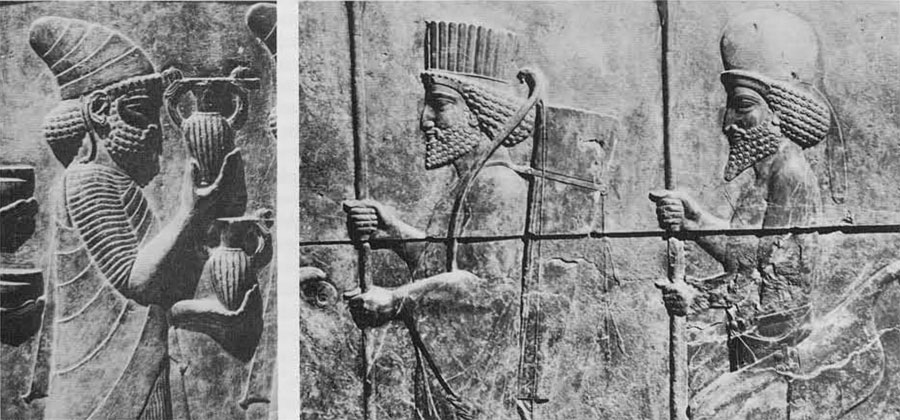
Achaemenid Empire
2. The Rise of Date and Fig Production
Dates and figs are two of the most important dried fruits in Iran’s agricultural history. Iran is home to some of the world’s oldest date palm plantations, particularly in the southern regions of Khuzestan and Hormozgan, where the hot, arid climate is ideal for date cultivation. Over time, Iran became a major producer of both fresh and dried dates, which were exported to regions across the Middle East, North Africa, and Europe.
The Importance of Dates:
- Dates were highly valued for their nutritional content, being rich in natural sugars, fiber, vitamins, and minerals. They became a staple food not only in Iran but also across the Middle East, where they were a crucial source of energy for people living in arid regions.
- Iran continues to be one of the world’s largest exporters of dates, particularly varieties like Mazafati, Piarom, and Sayer dates, which are known for their quality, sweetness, and moisture content.
Fig Production:
- Figs have been grown in Iran for millennia, particularly in the provinces of Fars and Kerman, where the climate is ideal for fig trees. Figs were dried using traditional sun-drying methods, making them a valuable export product.
- Iran’s dried figs, particularly from the Estahban region, are known for their soft texture and natural sweetness. They have long been exported to Europe and Asia, contributing to Iran’s growing reputation in the dried fruit trade.
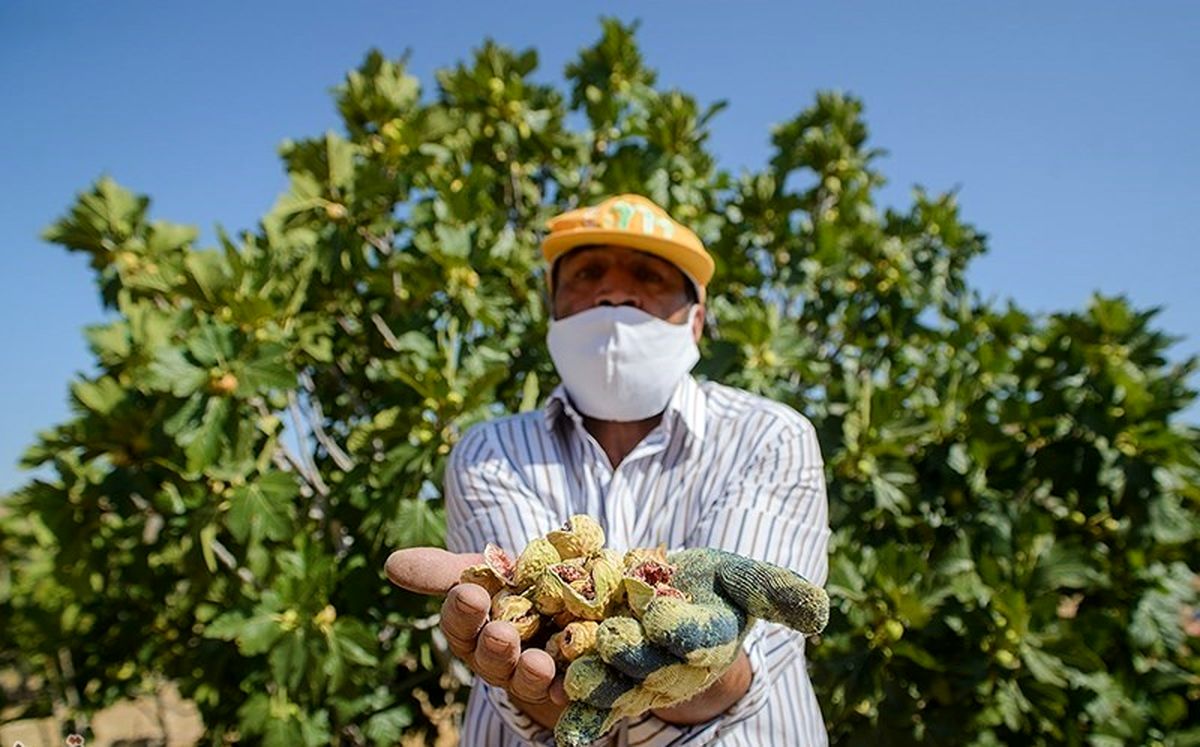
Estahban fig farms
3. The Expansion of Raisin Production
Raisins have also been a major contributor to Iran’s dried fruit industry, and the country is one of the world’s top producers and exporters of this popular dried fruit. Grapes are grown in several regions of Iran, including Zanjan, Hamadan, and Khorasan, and many of these grapes are dried to produce raisins.
Key Varieties of Iranian Raisins:
- Sultana Raisins: These are golden raisins made from seedless grapes, widely used in baking and cooking.
- Kashmari Raisins: These are long, green raisins that are highly prized for their sweet taste and chewy texture.
- Malayer Raisins: Dark and rich in flavor, these raisins are commonly used in both sweet and savory dishes.
The Global Market for Iranian Raisins:
- Iran has become one of the world’s top exporters of raisins, with major markets in Europe, Russia, India, and the Middle East. Raisins are one of Iran’s most important agricultural exports, thanks to the country’s ideal growing conditions and high production capacity.
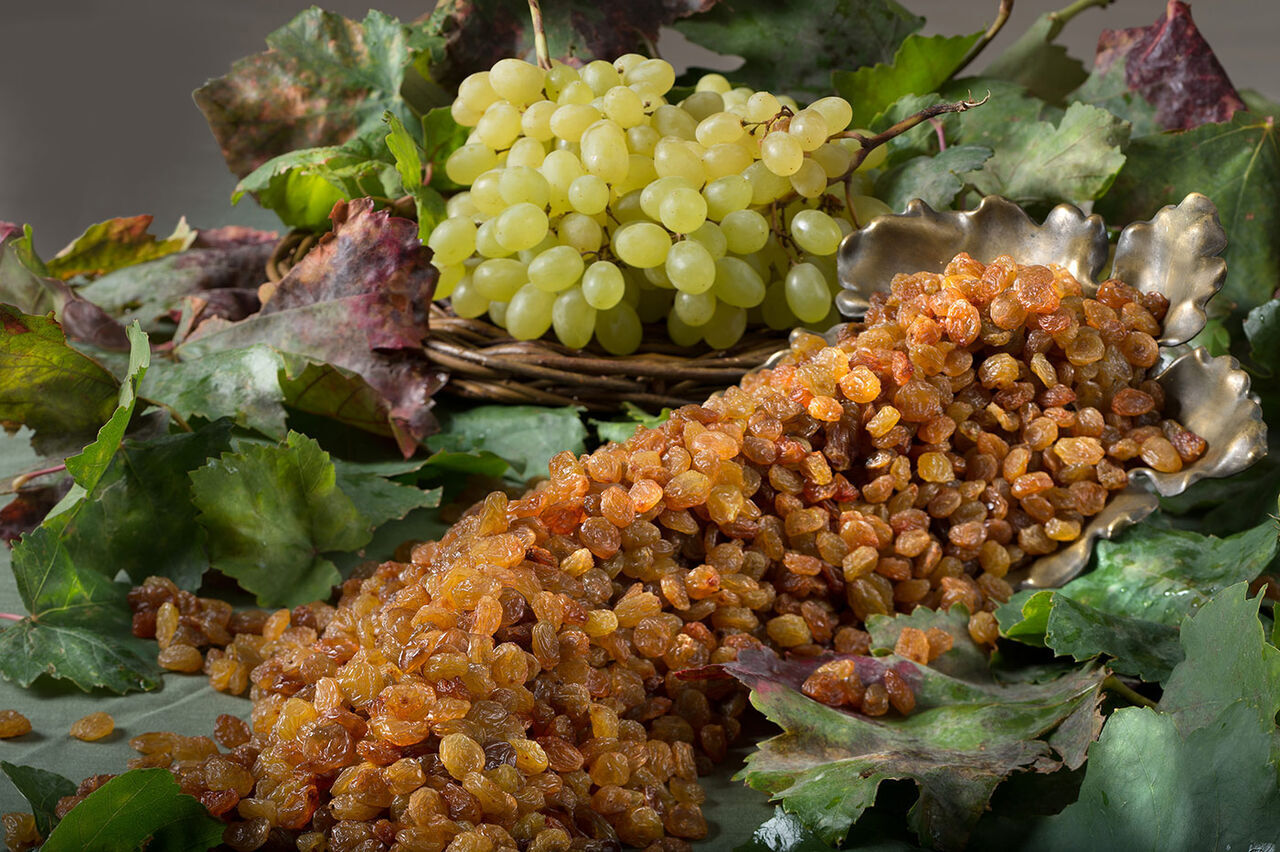
Zanjan Raisins
4. Modernization and Global Expansion
In the 20th century, Iran’s dried fruit industry experienced significant modernization and global expansion. Advances in agricultural technology and processing techniques allowed Iran to improve the quality and safety of its dried fruits, making them more competitive on the global market.
Growth in Exports:
- Iran’s dried fruit industry became increasingly export-oriented, with significant growth in the export of dates, raisins, figs, apricots, and dried mulberries. Today, Iranian dried fruits are exported to over 100 countries, with major markets in Europe, Asia, and the Middle East.
- The demand for Iranian dried fruits has been driven by their high quality, natural sweetness, and nutritional value, making them a popular choice for both snacking and culinary uses.
The Role of the Government:
- The Iranian government has supported the dried fruit industry by investing in infrastructure, research, and export promotion. This has included the development of more efficient drying techniques, packaging innovations, and initiatives to promote organic and sustainable farming practices.
- Iran’s strategic trade agreements with countries in Europe and Asia have helped open new markets for its dried fruit products, further solidifying its position as a global leader.
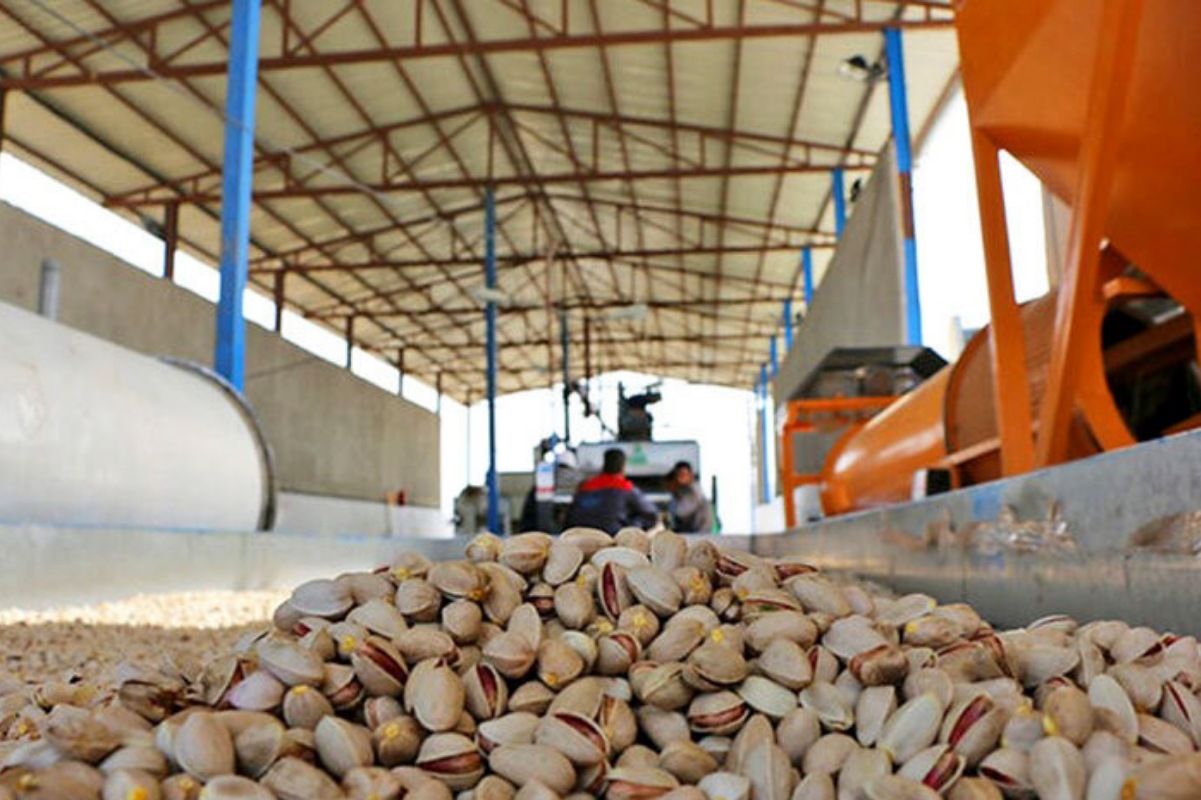
Iranian dry fruit export
5. Challenges and Adaptations in Recent Years
Despite its success, Iran’s dried fruit industry has faced several challenges in recent years, including economic sanctions, climate change, and water scarcity. However, the industry has shown resilience and adaptability by adopting new technologies and sustainable practices.
Climate Change and Water Management:
- Water scarcity has become a major concern for Iran’s agriculture, particularly in regions where date palms and grapevines require significant amounts of water. In response, farmers have begun using drip irrigation and other water-saving techniques to ensure the sustainability of their crops.
- The industry has also invested in research to develop drought-resistant fruit varieties and improve overall agricultural efficiency.
Economic Sanctions:
- Economic sanctions have impacted Iran’s ability to export dried fruits to certain markets, particularly in Europe and the United States. Despite this, Iran has expanded its reach into new markets, particularly in Asia and Russia, where demand for its dried fruit products remains high.
6. Iran’s Current Position in the Global Market
Today, Iran remains one of the top producers and exporters of dried fruits in the world, with a significant share of the global market for dates, raisins, figs, and apricots. The country’s dried fruit industry continues to thrive due to its:
- High-quality products: Iranian dried fruits are known for their rich flavor, natural sweetness, and nutrient density, which makes them highly sought after by consumers around the world.
- Diverse product offerings: Iran produces a wide range of dried fruits, from traditional varieties like dates and raisins to more niche products like dried mulberries and dried plums.
- Strategic global partnerships: Iran has successfully expanded its presence in key markets, including China, India, and Russia, where demand for dried fruits continues to grow.
Conclusion
Iran’s dried fruit industry has a rich history that spans thousands of years, from its early days as a vital part of the Silk Road trade to its current position as a global leader in dried fruit exports. The country’s ideal growing conditions, long-standing agricultural traditions, and strategic location have helped it become a major producer of high-quality dried fruits that are exported around the world. Despite facing modern challenges, Iran’s dried fruit industry remains resilient, continuing to evolve and adapt to meet global demand while maintaining its reputation for excellence.

